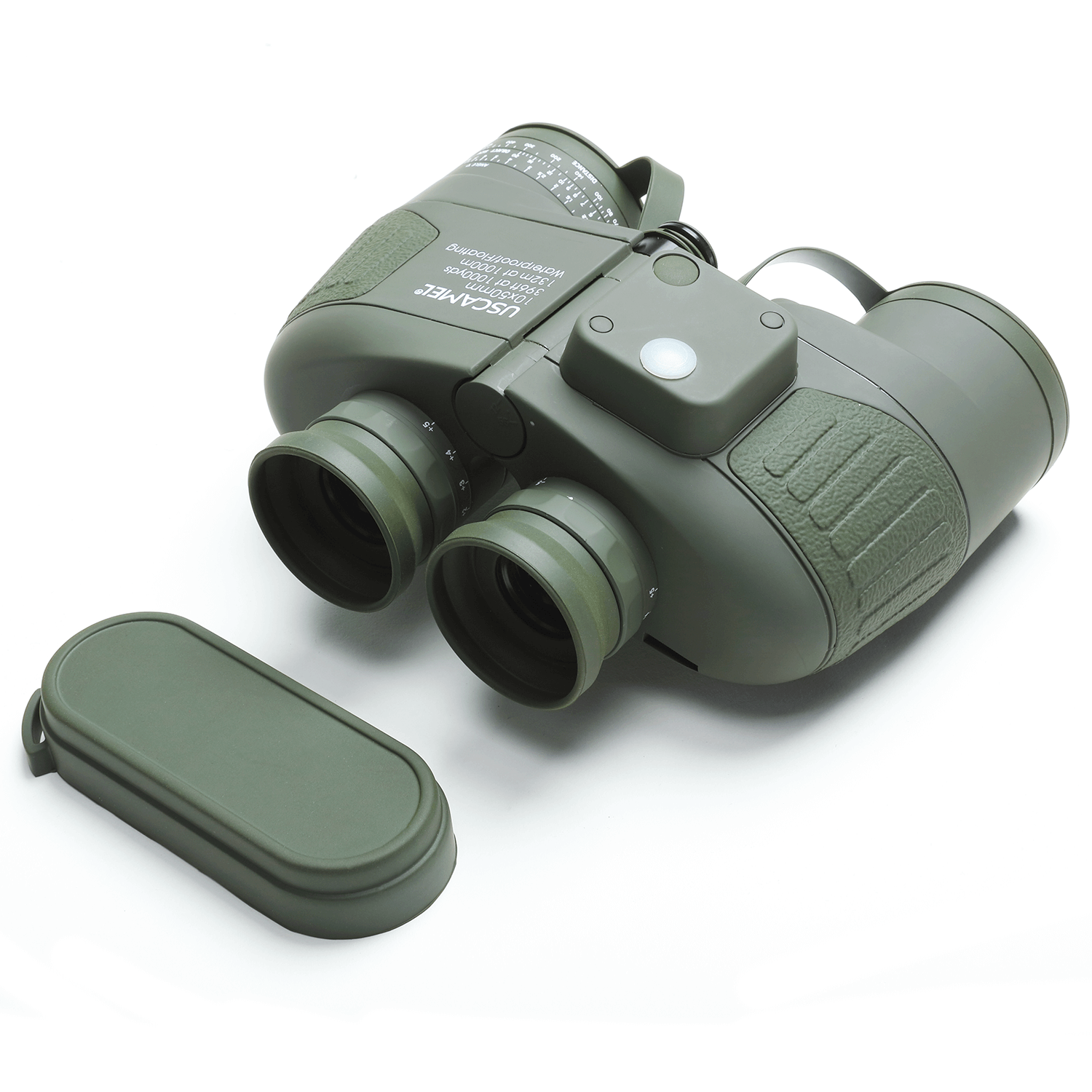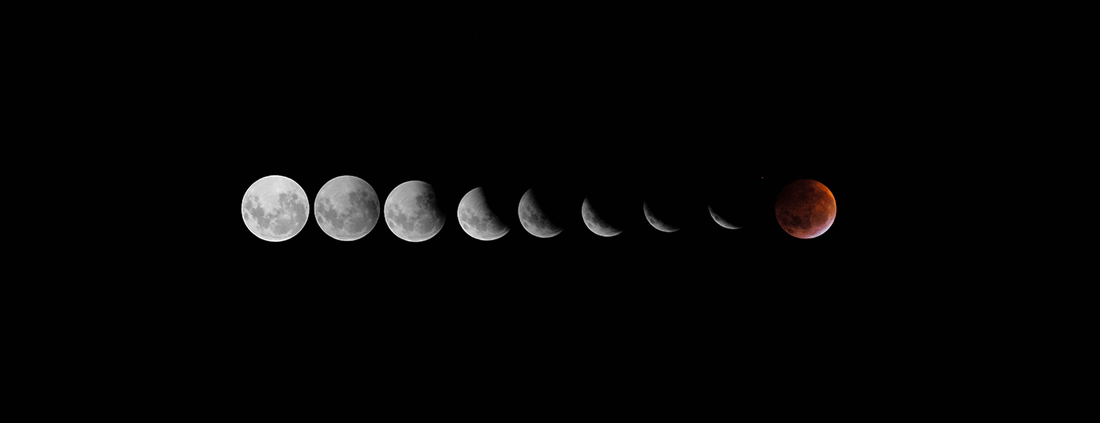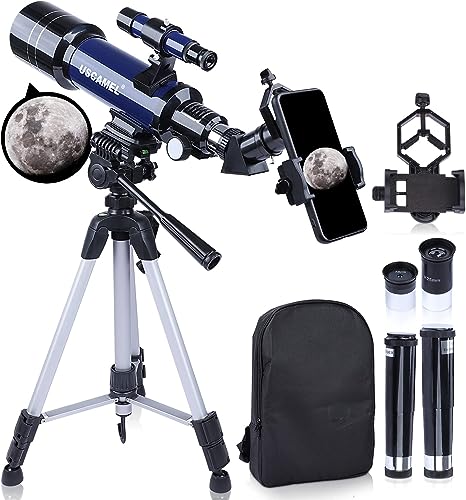The phases of the Moon have been capturing the attention and fascination of humans for centuries. From prehistoric times, people have recorded the progression of the lunar cycle and used it as a way to measure the passage of time. Even today, our calendars are rooted in the lunar cycle, with months defined by the 29.5-day cycle of the Moon's phases.
The changing appearance of the Moon is a result of its revolution around the Earth. The Moon always faces the same side towards our planet, but the changing relationship between the Moon, Earth, and the Sun leads to the continuously changing illumination of the Moon's surface. However, the orbit of the Moon is not as simple as it may seem. In reality, it is very dynamic and constantly changing, with the length of the orbit varying by over half a day in a year.
The classical figures for the lunar month and Earth/Moon distance are just an average of the constantly changing orbit. So, the next time you admire the peaceful Moon in the night sky, remember that it doesn't move in a repetitive, clock-like manner from month to month. Instead, its orbit is as dynamic and ever-changing as the phases that captivate us each night.





